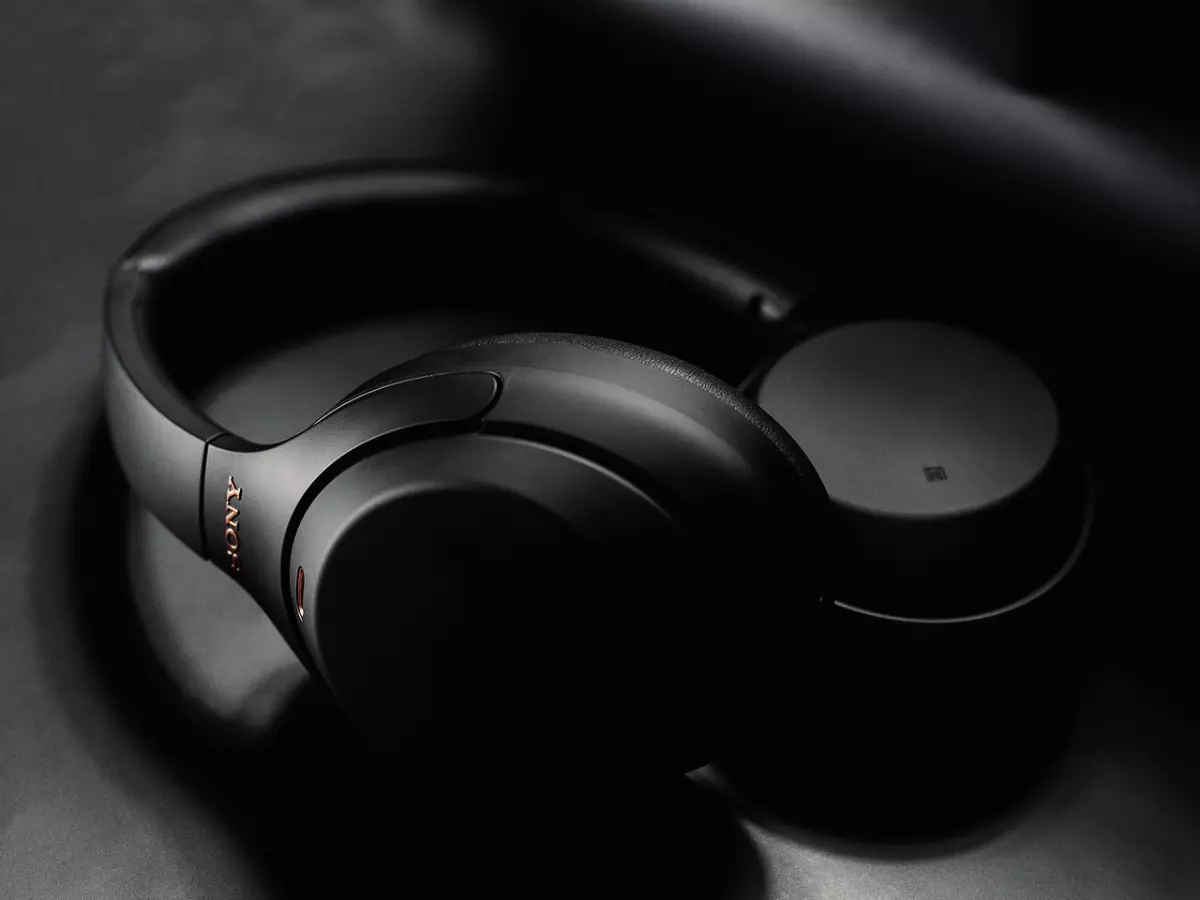Heat Wars
Heat is the invisible enemy that could be crippling your gadget's performance, and you might not even know it.

By Hiroshi Tanaka
Let’s be real: gadgets are getting smarter, faster, and more powerful. But with great power comes great heat—literally. As we demand more from our devices, from gaming on our smartphones to running complex AI algorithms on our laptops, they generate heat. And not just a little heat—I'm talking about the kind that can turn your sleek, shiny gadget into a pocket-sized oven. But here’s the kicker: heat is the silent killer of performance. It’s the enemy lurking in the shadows, waiting to throttle your device’s speed, drain its battery, and even shorten its lifespan.
So, what’s the deal? Why does heat have such a massive impact on your gadget’s performance? Well, it all boils down to thermal management. You see, every processor, whether it’s in your phone, laptop, or gaming console, has a thermal threshold. Once it hits that limit, the device automatically slows down to prevent overheating. This is called thermal throttling, and it’s the reason why your phone might feel sluggish after a long gaming session or why your laptop fan sounds like it's about to take off during a Zoom call.
But here’s the thing: thermal management isn’t just about keeping your device cool for comfort. It’s about maintaining performance. If your gadget can’t effectively dissipate heat, it’s going to throttle itself to avoid damage. And that means slower processing speeds, lower frame rates, and, ultimately, a less enjoyable user experience. So, yeah, heat is a big deal.
Now, let’s talk about how manufacturers are fighting back. Modern gadgets are packed with cutting-edge cooling technologies designed to keep heat in check. For instance, high-end smartphones now come with vapor chambers—tiny, liquid-filled chambers that absorb heat from the processor and spread it across the device. Laptops, on the other hand, use a combination of heat pipes, thermal paste, and fans to keep things cool. And let’s not forget about gaming consoles, which often feature massive heatsinks and advanced airflow systems to prevent overheating during those marathon gaming sessions.
But here’s where things get interesting: as gadgets get smaller and more powerful, managing heat becomes even more challenging. Think about it—cramming a powerful processor into a slim smartphone or a compact laptop means there’s less space for cooling components. That’s why we’re seeing more innovative solutions like graphene-based cooling systems and even AI-powered thermal management. Yep, you heard that right—AI is now being used to predict and manage heat in real-time, adjusting performance and cooling systems on the fly to prevent overheating.
So, what can you do to keep your gadgets cool? First off, avoid using your device in hot environments. Heat from the sun or a hot room can push your gadget’s temperature over the edge. Second, give your device a break. If you notice it’s getting too hot, let it cool down before continuing to use it. And finally, invest in accessories like cooling pads for laptops or external fans for gaming consoles to help dissipate heat more effectively.
At the end of the day, heat is an unavoidable byproduct of powerful gadgets. But with the right thermal management, you can keep your device running smoothly and extend its lifespan. So, the next time your phone feels like it’s about to melt in your hand, remember: heat is the enemy, but you’ve got the tools to fight back.
Now, the question is: how much heat can your gadget handle before it starts to throttle?





